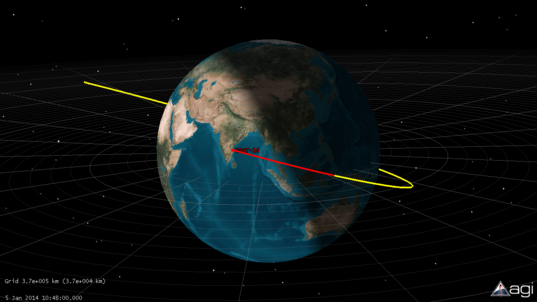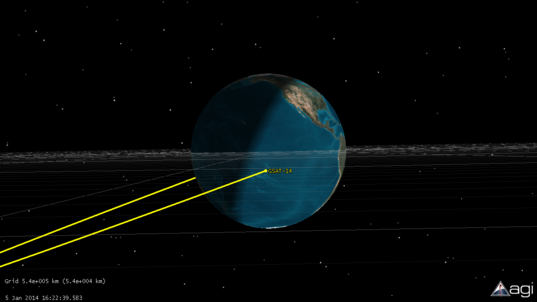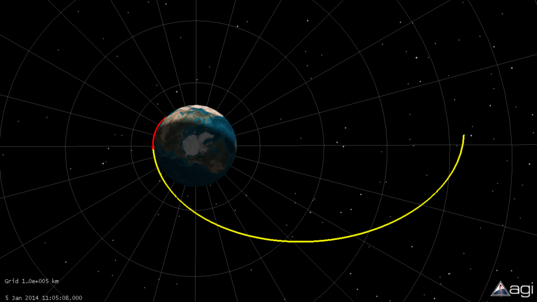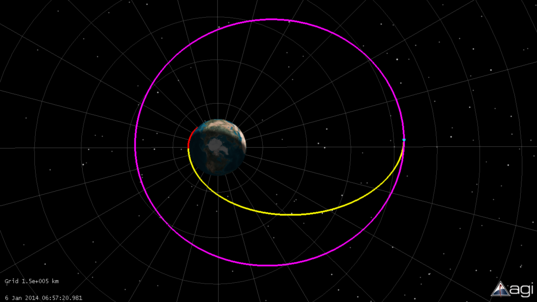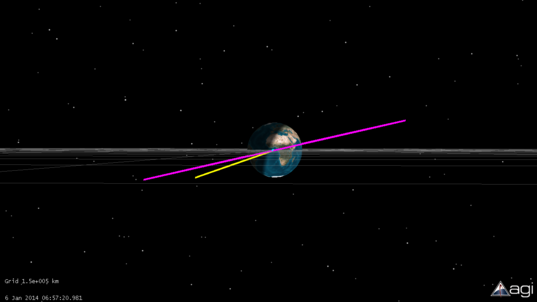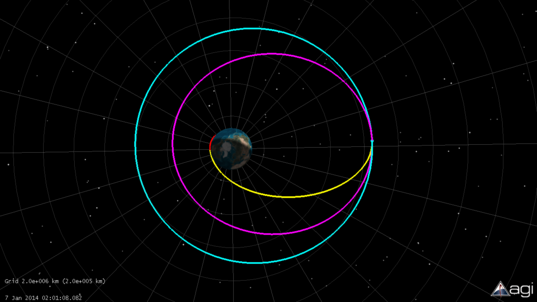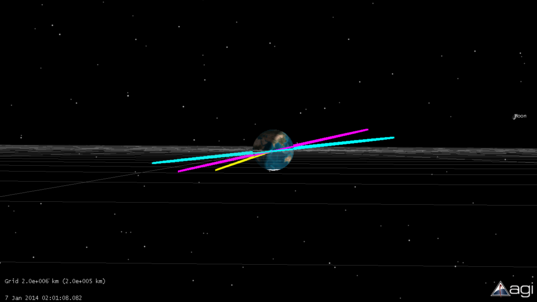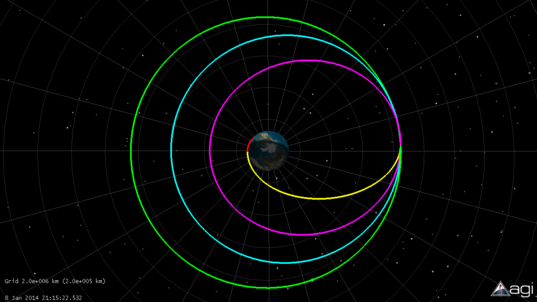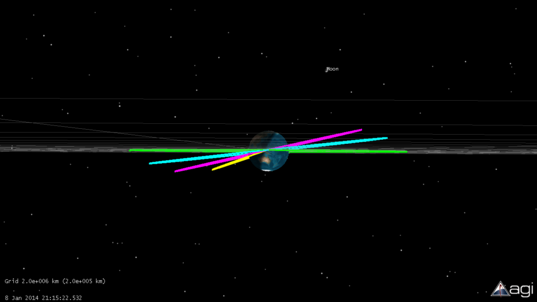The North-Eastern part of the Indian territory has been in news since the decade of 1940s. Ever since the Government of India took a pragmatic step to unify the territories of India, there has been some conflict.
One of such conflicts involved the states of Assam and Nagaland.
There was a clear demarcation of boundary between the Ahom (now Assam) people and the Nagas. After the advent of the British Government in 1826, the commercial interest of the Birtish gave birth to conflict.
In this post, I will explain the causes of conflict and role that was played by the British regime in accentuating the conflict.
Interest of the trade and commerce of the British.
Looking into the general aspect of Nagland-Assam boundary dispute, it is the dispute regarding demand for return of forest and other areas, of which Nagas have the ownership but were transferred and included within the neighbouring districts of Assam by the then British Government of India. It was done:
- for expansion of tea gardens;
- to convert the forests owned by Nagas into Reserved forests so that it can be used for extraction and exploitation of valuable species of timber available in the areas.
These reasons led to the violent protests against the encroachment of the Naga area by the British.
The protests and Nine Point Agreement.
For the first time the Naga people had a talk on the border issue with the representative of the then British Indian Government Sir Akbar Hydari, the then Governor of Assam in Kohima on 27 to 29 June, 1947. Consequently, an Agreement known as the ‘NINE POINT AGREEMENT’ was drawn up, wherein there was a promise to restore all the forests transferred out of Naga Hills and to bring all the Naga inhabited areas under one unified administrative unit. But it remained unfulfilled. As a result, serious agitation was launched throughout the Naga territory. The first two General Election of the Country were boycotted by the Nagas; the District Council which was set up under the 6th. Schedule of the Constitution was also rejected by the Nagas and the people organized themselves for armed confrontation.
16 Point Memorandum.
1960- The Naga People’s Convention (NPC) was held in August 1957 in Kohima, as a result a "16 Point Memorandum" was presented to the Prime Minister of India in Delhi in 1960 by a delegation of the NPC. When during the discussion, the question of creating a separate State for Naga areas emerged, the Nagas demanded:
- The return to Nagaland all the Reserved Forests transferred from the Naha Hills to Assam during the British Regime (Point 12 of the Memorandum).
- The consolidation of the contiguous Naga inhabited areas to form a part of the new State (Under Point 13 of the Memorandum).
The representative of the Government of India pointed out that if Naga delegation wants a new state, first the boundary of the new State have to be stated in the First Schedule of the Constitution. Under Regulation 6 of 1957 and Nagaland Act 27 of 1962, the 3 Districts of Kohima, Mokokchung and Tuensang were notified in the schedule which would form part of the State of Nagaland without defining precise boundary.
The delegation was advised to take up border issue under the provision of Article 3 and 4 of the Constitution of India after accepting the State.
Thus, after the final agreement was arrived at in July 1960, the then Prime Minister Jawaharlal Nehru, on 1st. August 1960 announced in the Parliament, the Government of India’s decision to establish ‘Nagaland’ a State of India comprising the territory of the then existing Naga Hills Tuensang Area.
Though the Government of India could not make definite arrangement before Nagaland became a state, on the questions of restoration of transferred areas and merger of contiguous areas inhabited by Nagas, the issue was kept open for future settlement under the provisions of the Constitution.
Nagas accepted Statehood in the hope that the Government of India would act upon the terms of the agreement and would take immediate action to re-adjust the boundaries between the two States of Assam and Nagaland by returning all the reserved forests and other areas transferred out of the then Naga Hills to Assam. But there has been failure on the part of the Government as for over half a century, Naga people have been waiting without any solution to the problem in sight.
This has given birth to intense conflicts between Nagas and people of Assam.
Efforts made.
- KVK Sundaram Commission (1971) and Shashtri Commission (1985) gave recommendations but were rejected by Nagaland, following which, Assam moved the SC. The border dispute between Assam and Nagaland is being mediated by the boundary commission set up under the direction of the SC.
- The Supreme Court in its judgment of 25.9.2006 appointed a Local Commission for identification of boundaries of the States of Assam-Nagaland and Assam-Arunachal Pradesh.
- While hearing an application filed by Government of Nagaland before the Supreme Court, the Court its order dated 20.8.2010, interalia, directed that apart from continuation of the Local Commission, possibility to resolve the issue through mediation may also be explored and for this purpose appointed two Co-mediators. The meeting of the mediators in regard to boundary issues between Assam and Nagaland are continuing. Last meeting of mediators with the States of Assam and Nagaland was held in 2013. The Local Commission is continuing its hearing in regard to Assam and Arunachal Pradesh.













